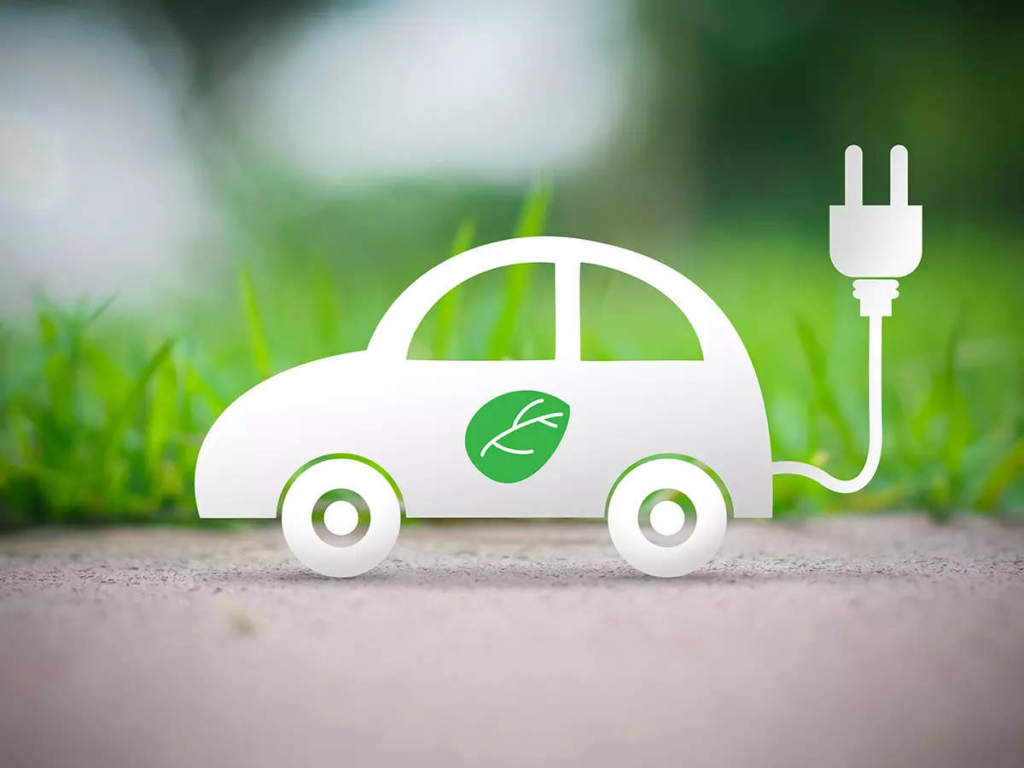
Introduction
In an era where environmental consciousness is at its peak, the automotive industry has stepped up its game to contribute positively to the planet’s well-being. The emergence of eco vehicles marks a significant shift from traditional gas-guzzlers to environmentally friendly alternatives. This article delves into the world of eco vehicles, exploring their various types, benefits, and their role in shaping a sustainable future.
Understanding Eco Vehicles
What Are Eco Vehicles?
Eco vehicles, short for “ecologically friendly vehicles,” are automobiles designed with a primary focus on reducing their environmental impact. These vehicles aim to minimize carbon emissions, decrease fuel consumption, and employ sustainable materials in their production.
Types of Eco Vehicles
1. Hybrid Cars
Hybrid cars combine traditional internal combustion engines with electric propulsion systems. This dual-power source enables them to achieve higher fuel efficiency and lower emissions compared to conventional vehicles.
2. Electric Vehicles (EVs)
Electric vehicles are powered entirely by electricity stored in batteries. They produce zero tailpipe emissions, making them a clean and green alternative for environmentally conscious drivers.
3. Plug-in Hybrid Vehicles (PHEVs)
PHEVs offer the flexibility of running on electricity or gasoline. They can be charged via an electrical outlet, providing the best of both worlds in terms of fuel efficiency and range.
4. Hydrogen Fuel Cell Vehicles (FCVs)
FCVs use hydrogen gas to generate electricity to power the vehicle, emitting only water vapor as a byproduct. They hold immense potential as a zero-emission transportation option.
The Advantages of Eco Vehicles
1. Reduced Carbon Footprint
Eco vehicles significantly decrease greenhouse gas emissions, mitigating climate change and contributing to cleaner air quality.
2. Lower Operating Costs
With reduced fuel consumption and fewer maintenance requirements, eco vehicles save their owners money in the long run.
3. Incentives and Rebates
Many governments and municipalities offer financial incentives and rebates to promote the adoption of eco vehicles, making them an attractive choice for consumers.
Eco Vehicles and Sustainable Mobility
Eco vehicles play a pivotal role in the broader concept of sustainable mobility. They are a crucial component of efforts to reduce traffic congestion, improve urban planning, and enhance overall transportation efficiency. As urbanization continues to rise, the importance of eco vehicles becomes even more evident.
Challenges and Future Prospects
While eco vehicles offer promising benefits, challenges such as limited charging infrastructure, high initial costs, and range anxiety remain. However, ongoing technological advancements and increasing consumer demand are likely to drive innovation and overcome these hurdles in the future.
Conclusion
In a world where environmental concerns are paramount, eco vehicles represent a beacon of hope for a more sustainable future. These vehicles, ranging from hybrids to electric cars and fuel cell vehicles, offer a greener alternative to conventional automobiles. As technology continues to evolve and infrastructure improves, eco vehicles are set to become the norm, playing a pivotal role in reducing our carbon footprint and preserving the planet for generations to come.
